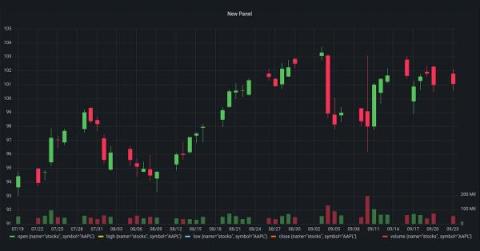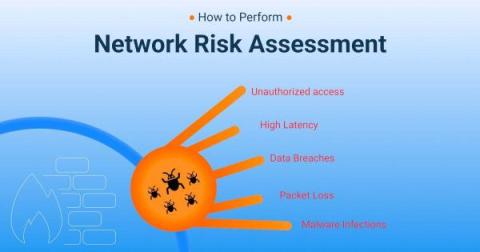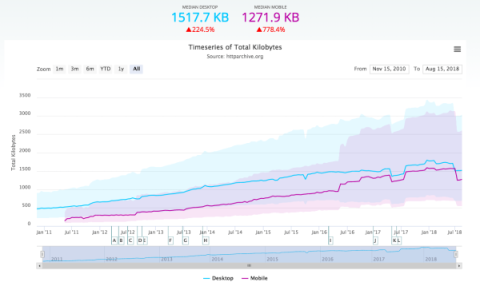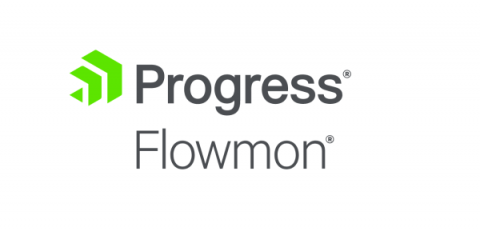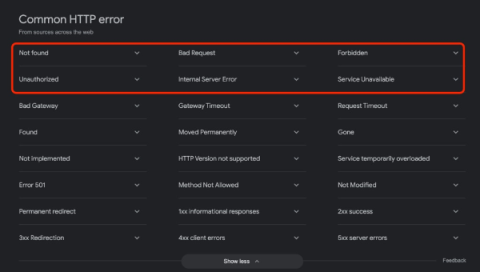Network Monitoring Tools Explained
Ensuring the reliability and performance of your network is essential for success in the modern software industry. In this article, you’ll learn about the basics of network monitoring and get an overview of some of the most popular tools used for network monitoring. Whether you’re managing a sprawling enterprise network or your home lab, understanding and deploying the right tools can mean the difference between smooth sailing and unforeseen downtime.


